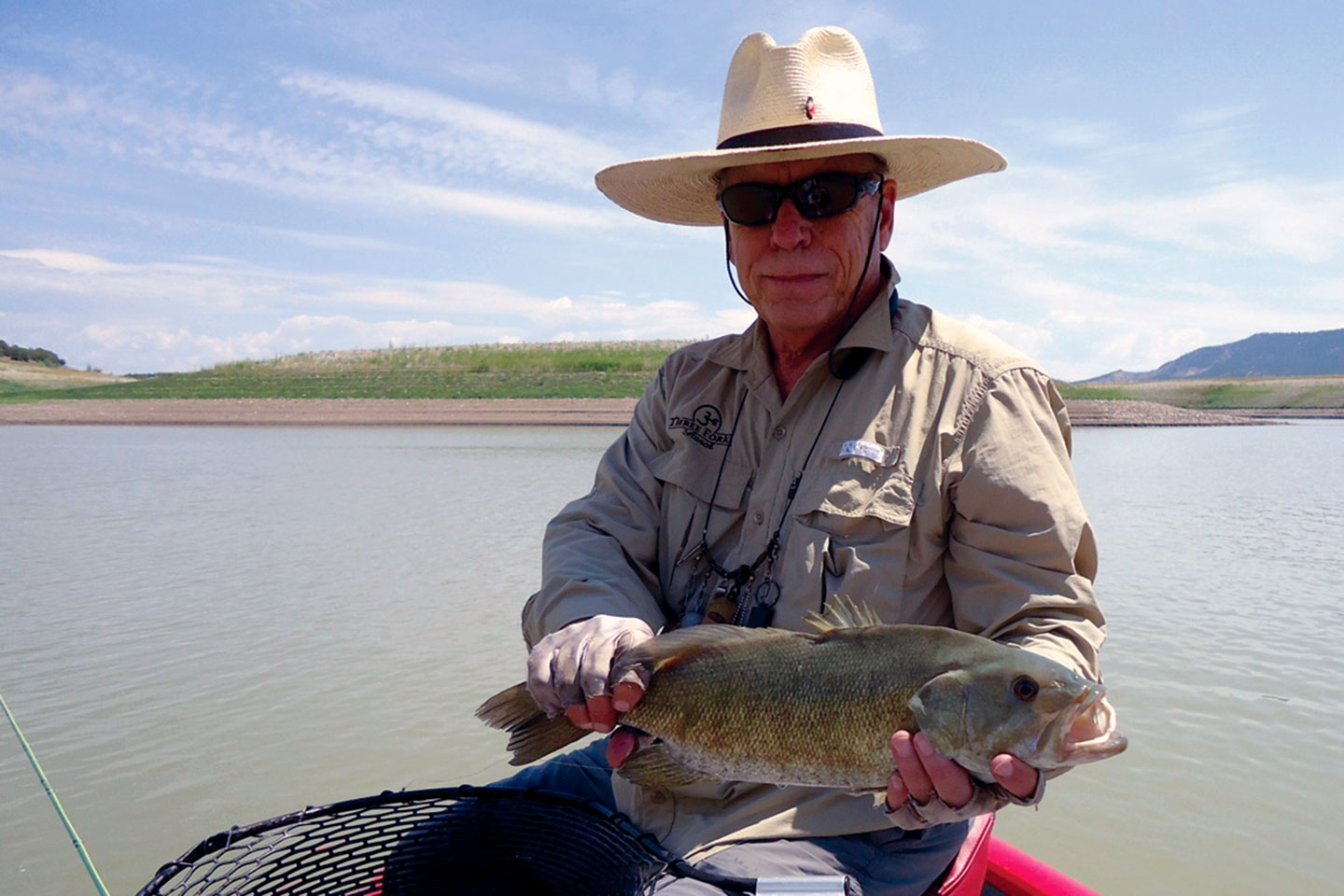I realize, to say that it is snowing seems silly. I imagine you are thinking, “Don’s lost it, who cares, we see it snow all the time, it is not a big one, go out and play in it.” Those are a few of the printable responses to my statement. The problem is that I am in Tennessee where it is supposed to be sunny, in the low fifties, with lots of fly fishing available. I am in the depths of despair and want to adopt the winter whine of those that live in Alaska, “I want to go to Hawaii.” However, Hawaii is too far, too expensive, and over-run with Alaskans. For those of us that fly fish for a full-time activity, these can be challenging times.
With the published weather patterns showing most of the United States dealing with non-fly fishable situations, I do have a few suggestions of how to fill your time. Your first activity is to rearrange the fly boxes that live in your vest. If, like me, you have not done this in a long time it could take a day or two. Rearranging your fly boxes will take some real courage and an uncompromising attitude. Start by removing any fly that you do not know the name of, or have not used in three years. Your subconscious will try to take over and make you keep those unused, nameless flies. Be strong, get rid of them.
Once you have cleansed your fly boxes arrange the remaining flies by name and size. This now presents a new conundrum, how many of the right size and name does anyone really need? Since I don’t use anything smaller than a size 18 (eyesight), I’m already creating more room in my box. As an example, I’ll put four size 18’s, 16’s, and 14’s Royal Wulffs, in neat rows in my box. I’ll follow that with parachute adams, purple hazes, caddis, and so forth. Remember, use only flies that you know the names of and use on a regular basis. Since you are going to have new empty slots in your box, you will be tempted to add the non-used, nameless flies back. Be strong, don’t do it.
The above activity is certainly a great way to deal with the inclement weather. Another way is volunteer your time and talent to a nonprofit that uses fly fishing in its program. There is a long list of nonprofits that use fly fishing. They include, but are not limited to, Project Healing Waters, Casting for Recovery, Warriors and Quiet Waters and the Adaptive Sports Association.
You might also find appreciative folks within the school systems, parks and recreation programs, or the people in your neighborhood. You would be amazed how many people will tell you they have wondered about fly fishing.
After giving you all this good advice you are probably thinking Don should reread the title of this column, “It is snowing.” How do I find people that need instruction fly fishing in bad weather? I say, “You need to think outside the box.” Fly tying and rod building are done indoors. If you have access to a gym with a high ceiling it is a great place to teach basic fly casting. Want to really feel good about teaching indoors? Find someone in a wheelchair or using a walker, and give them some basic casting skills. After getting these folks making basic casts indoors, make a date to take them to a pond, stream, or lake.
When you are gearing up at the pond with your new fly fishing friends you can use this time to show off your slimmed-down fly boxes. Seems like a good win-win situation for weather that is no fun.

